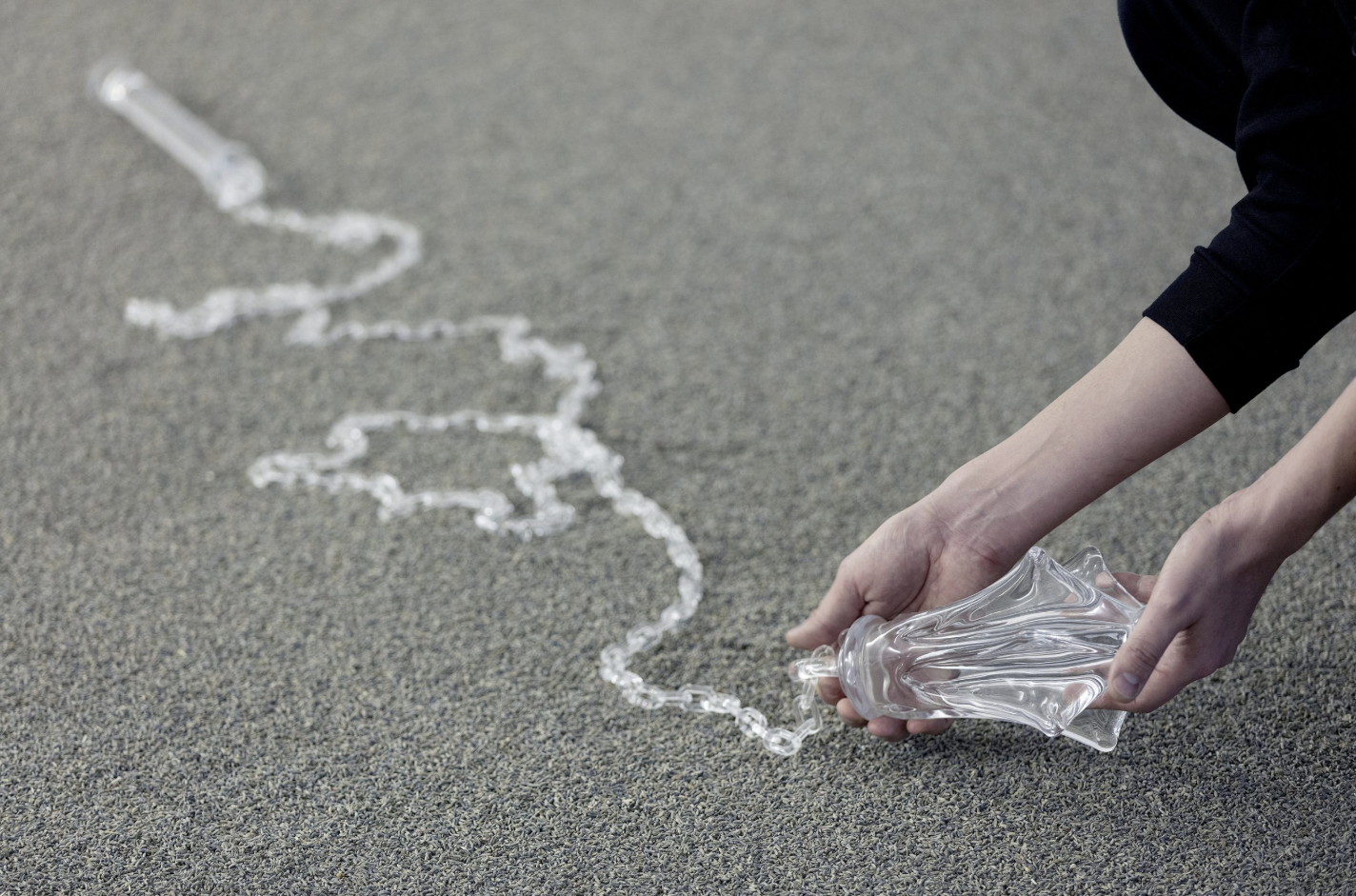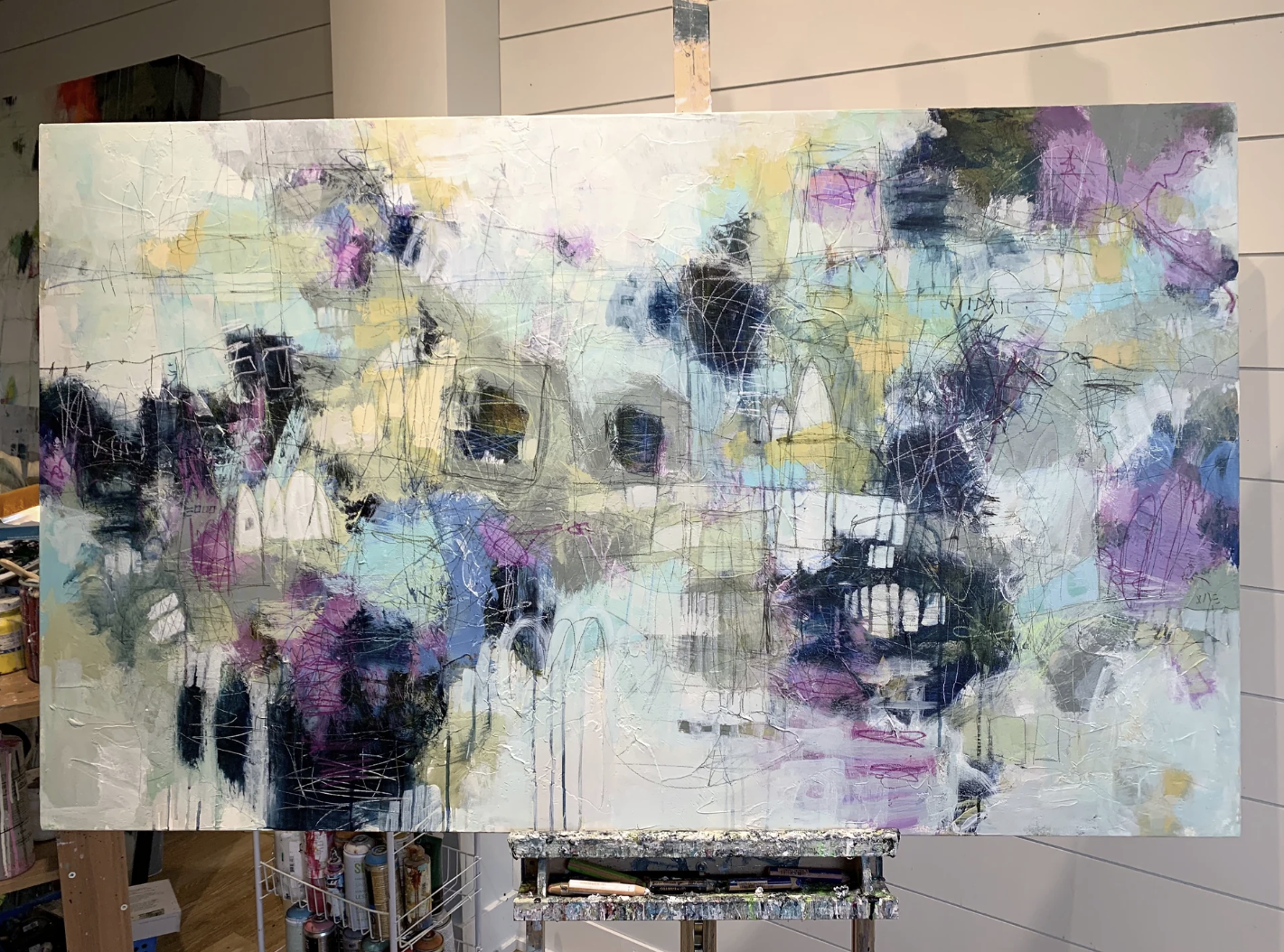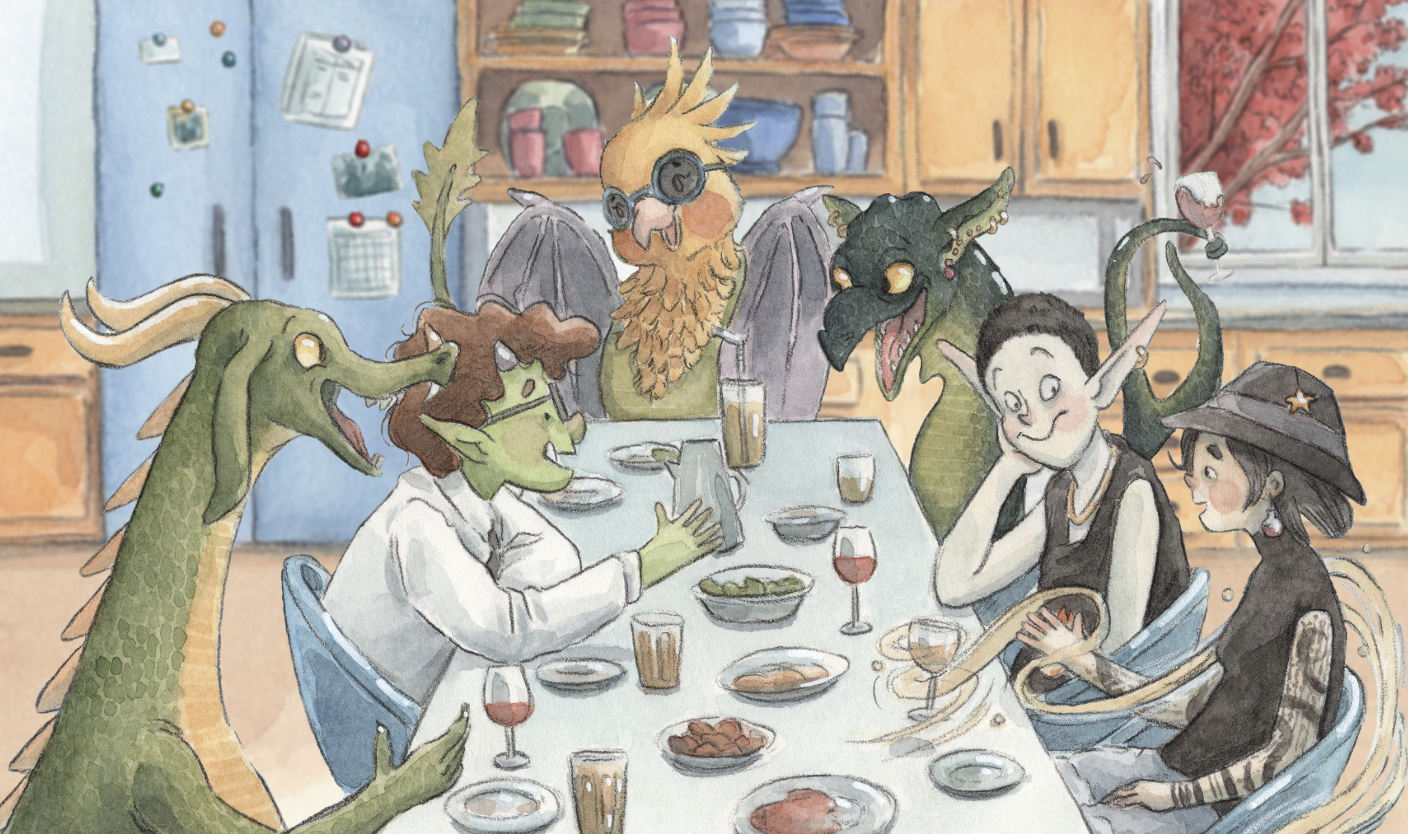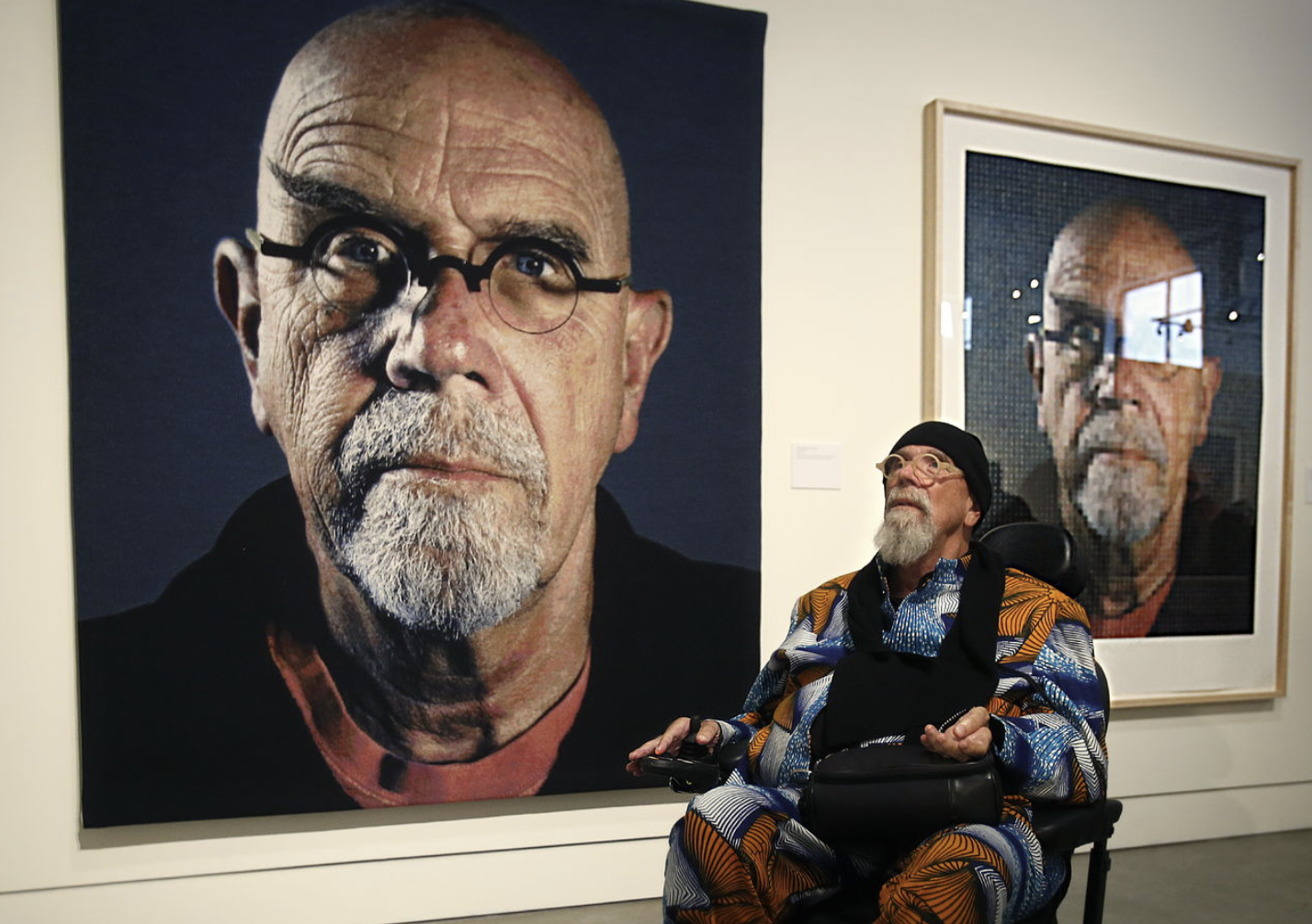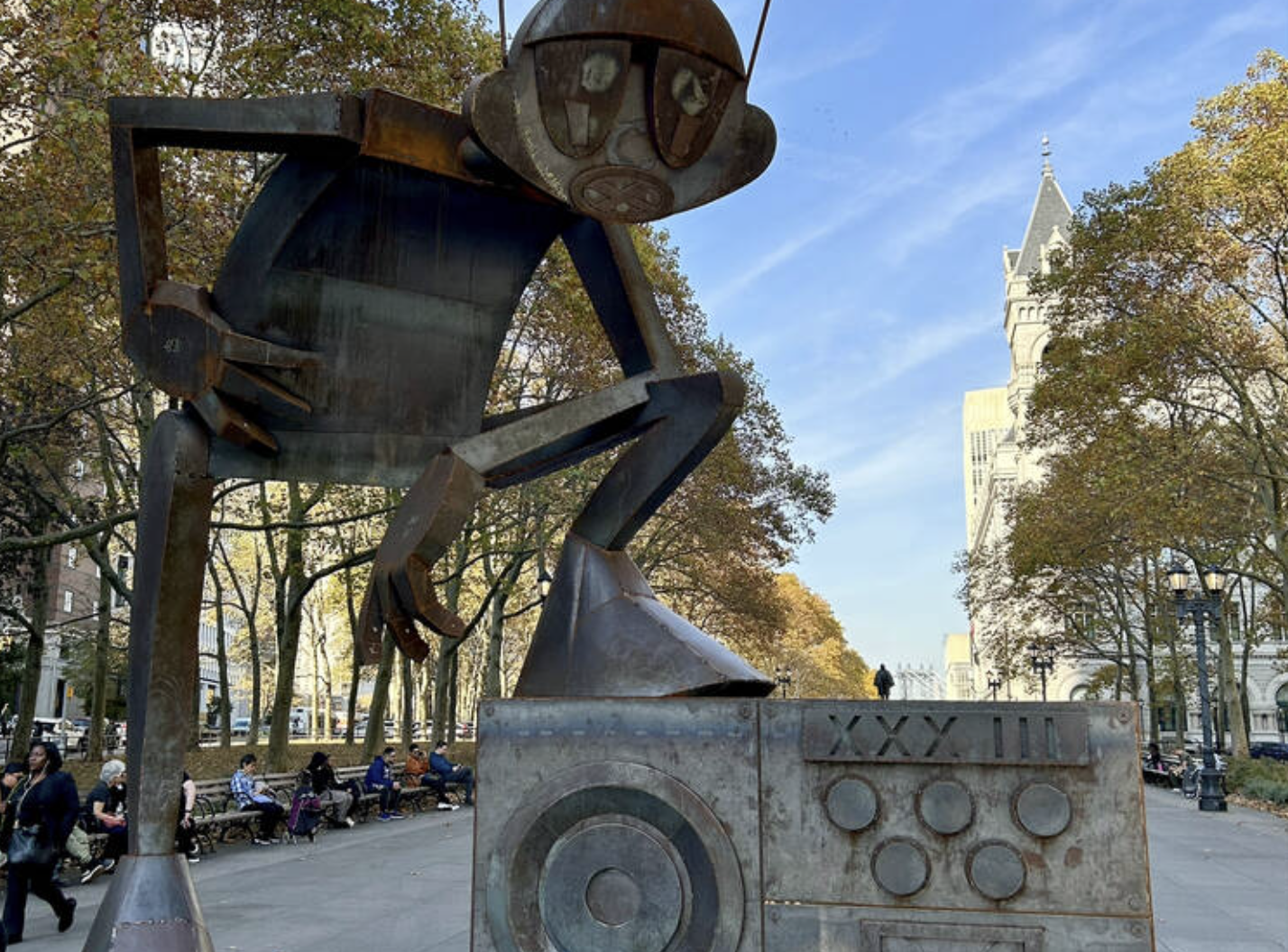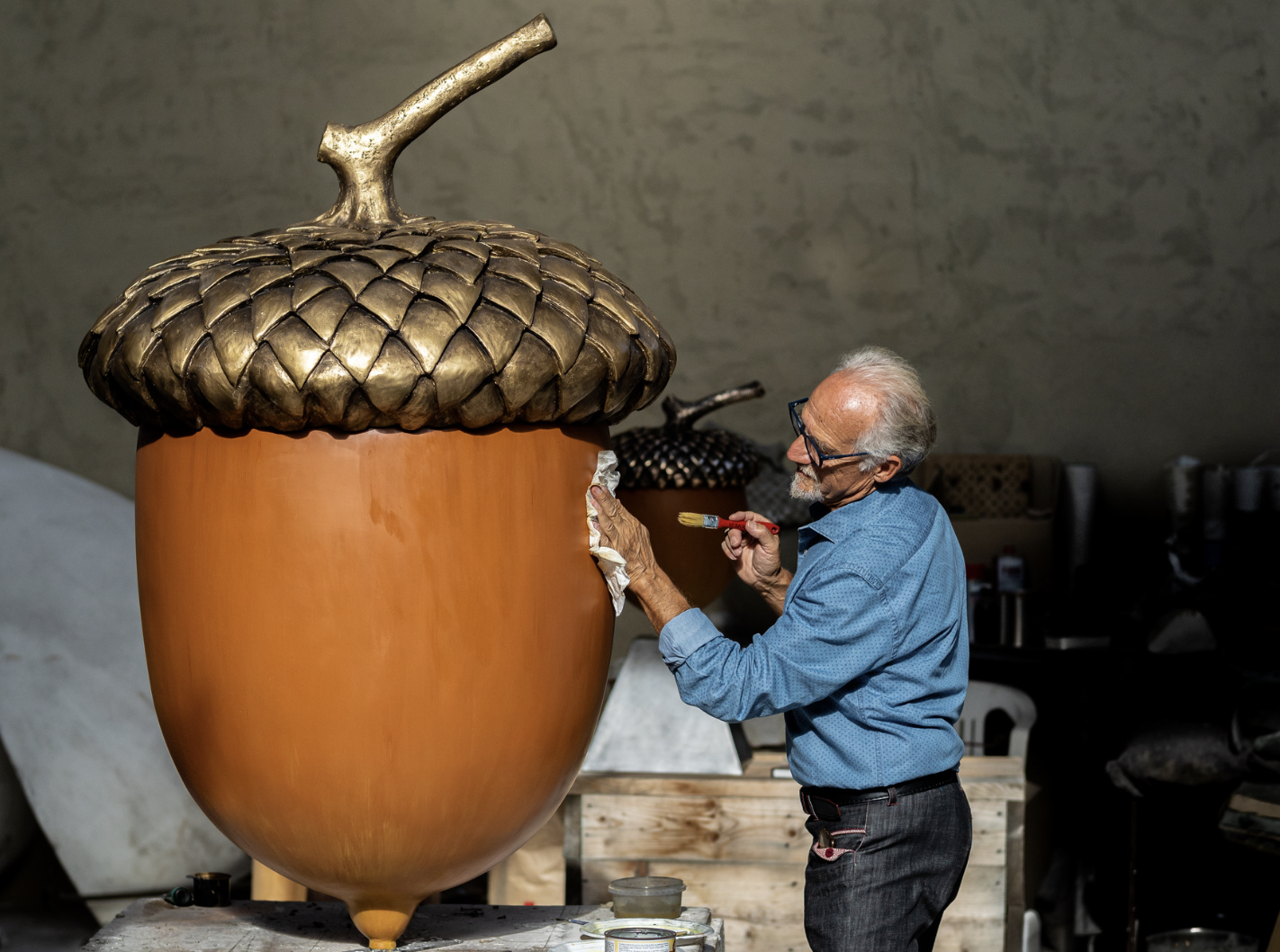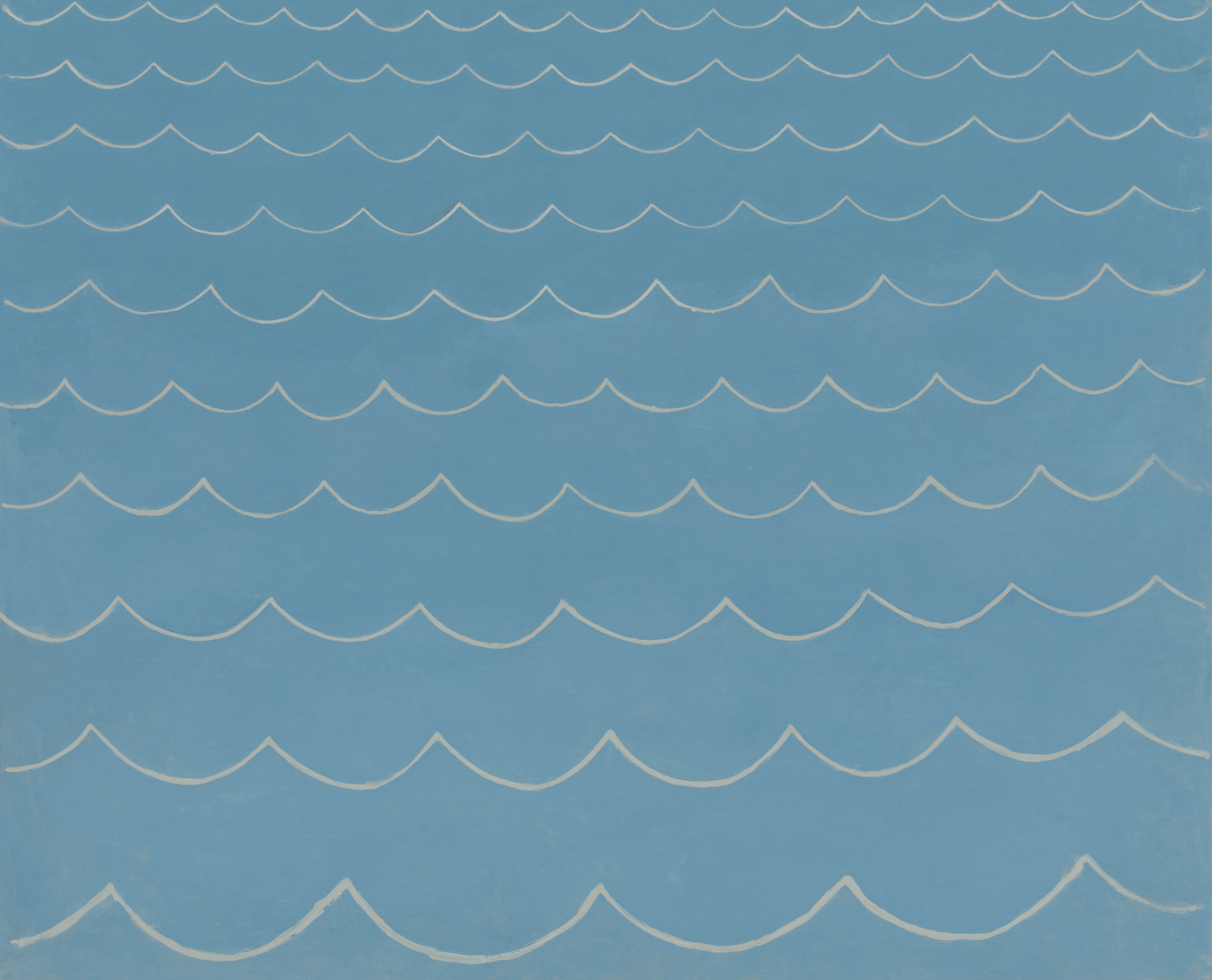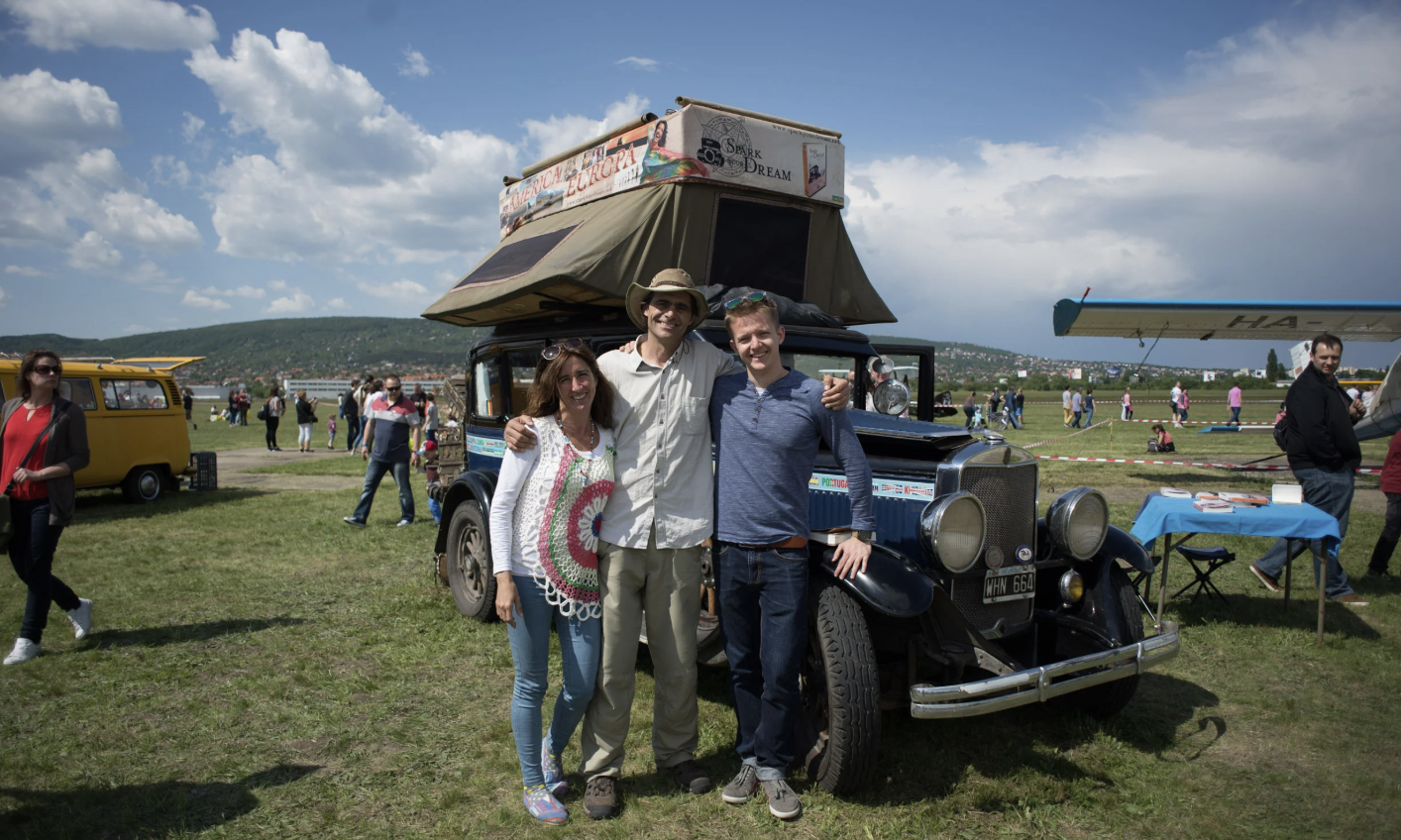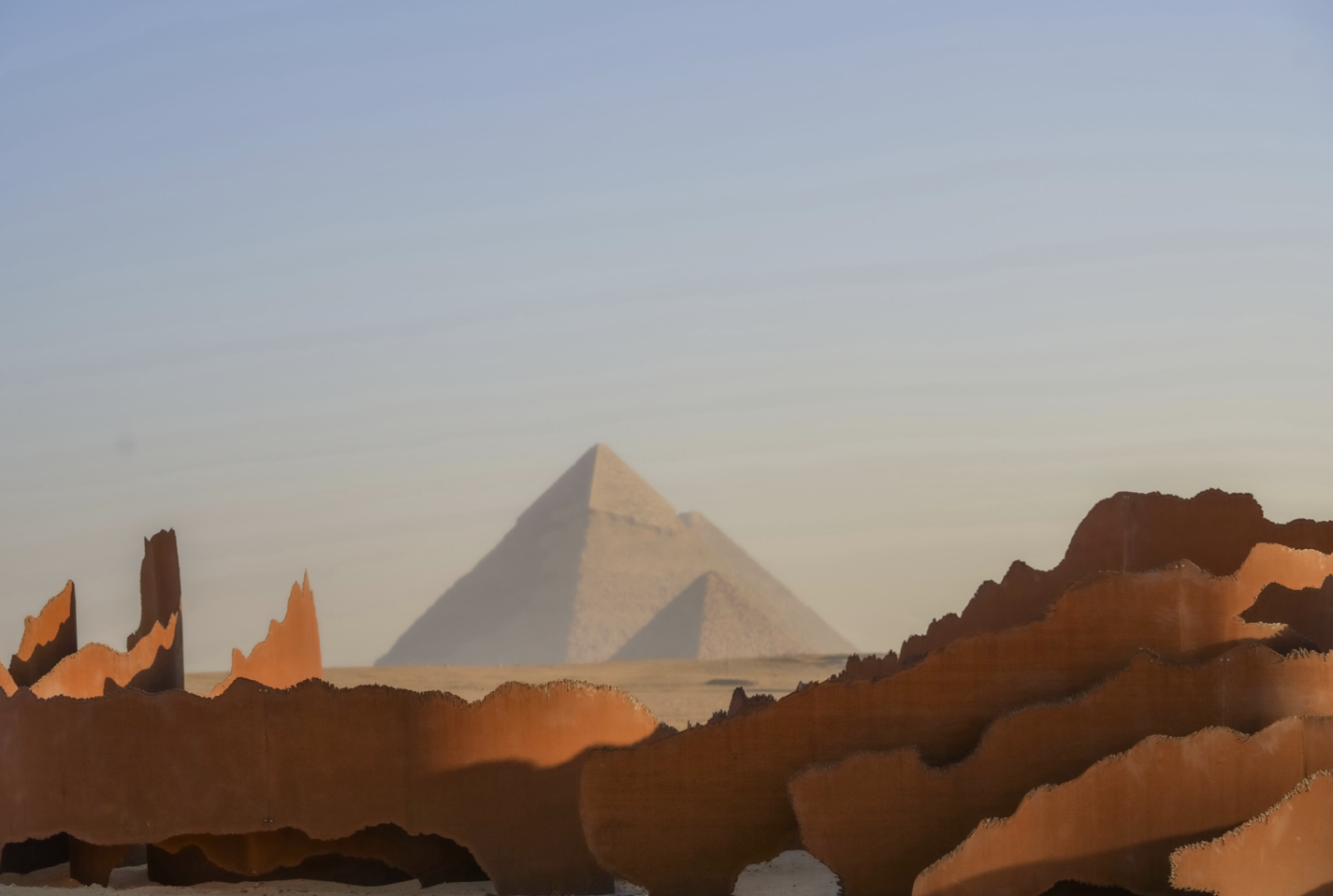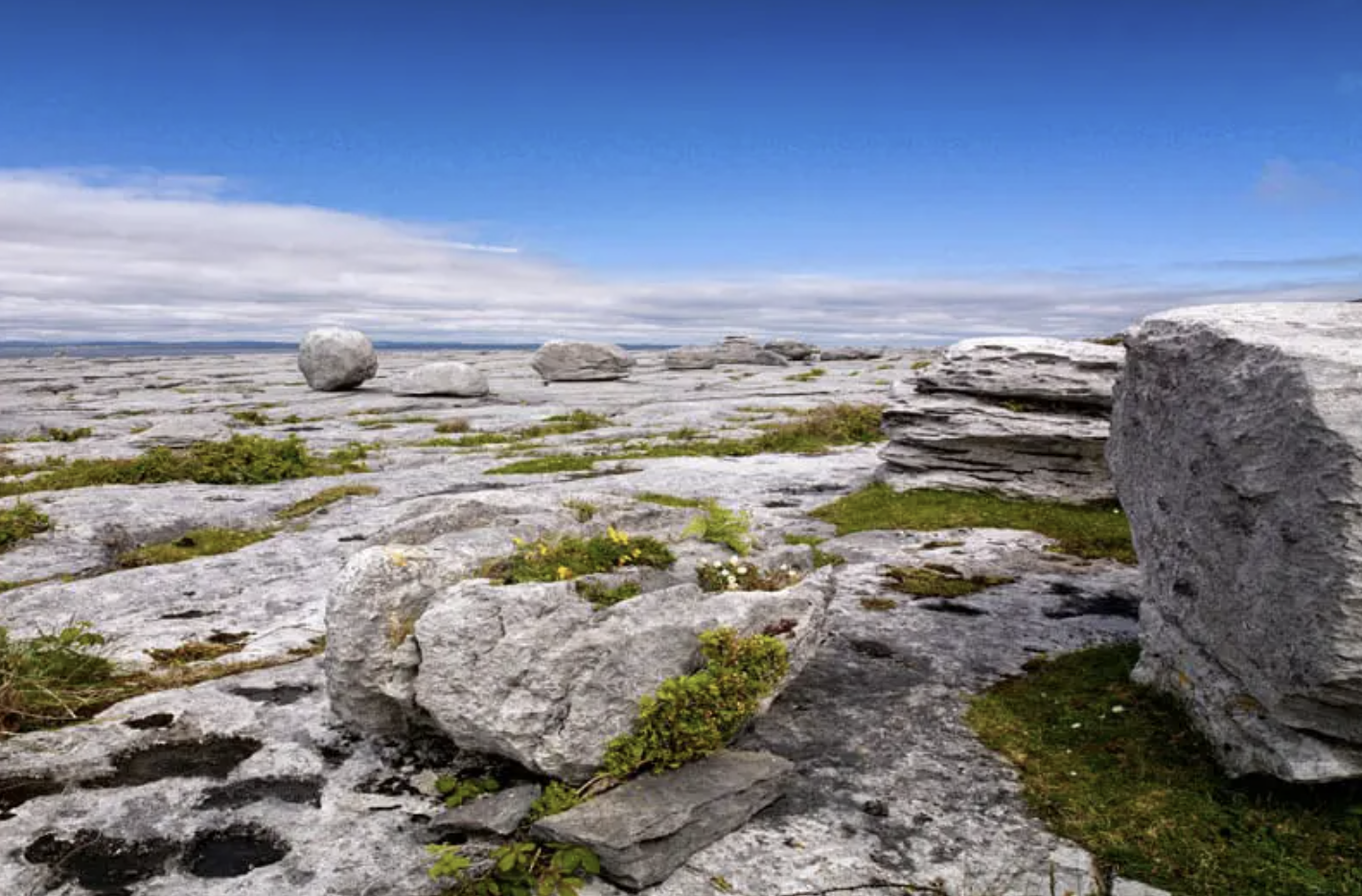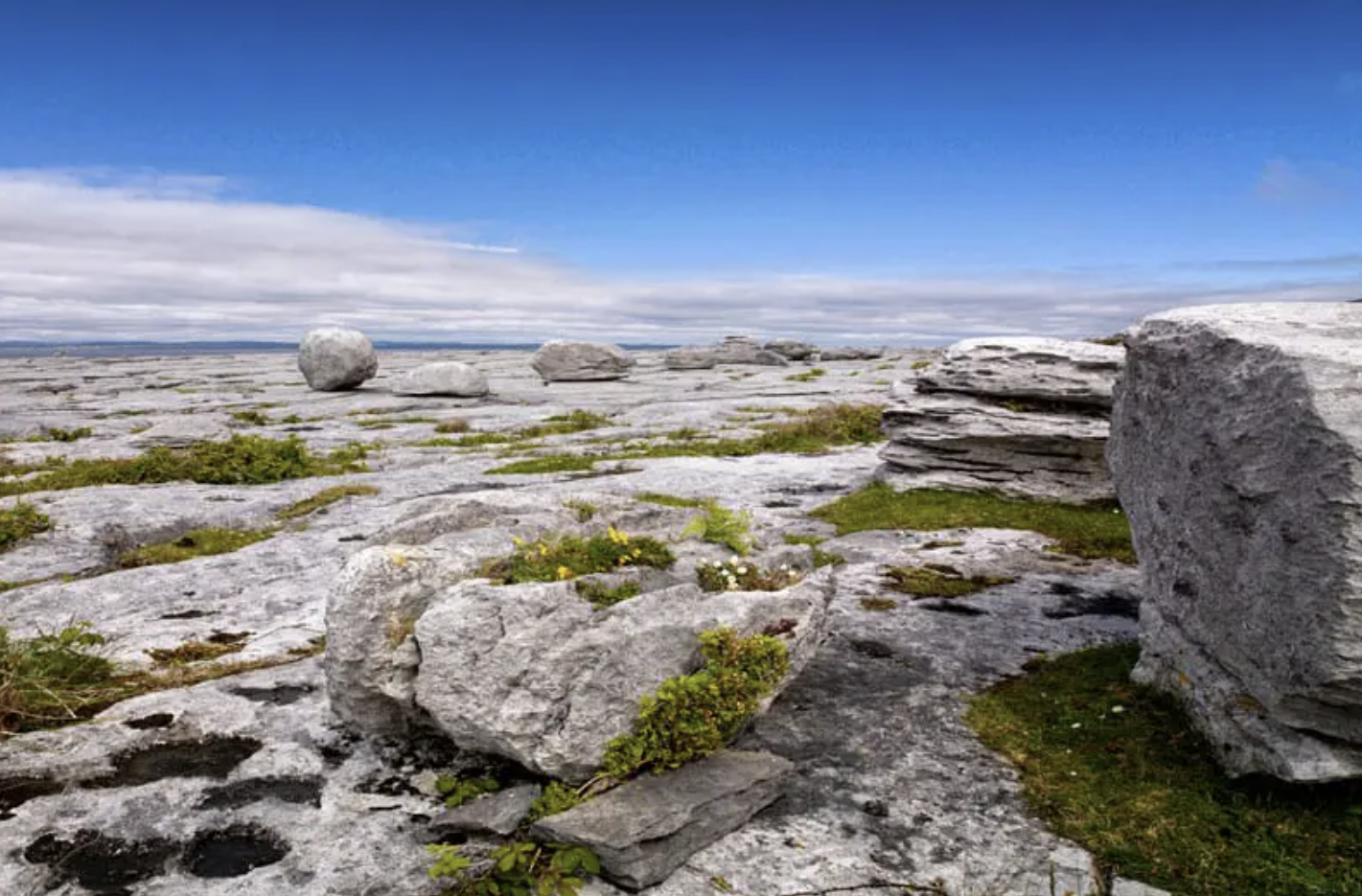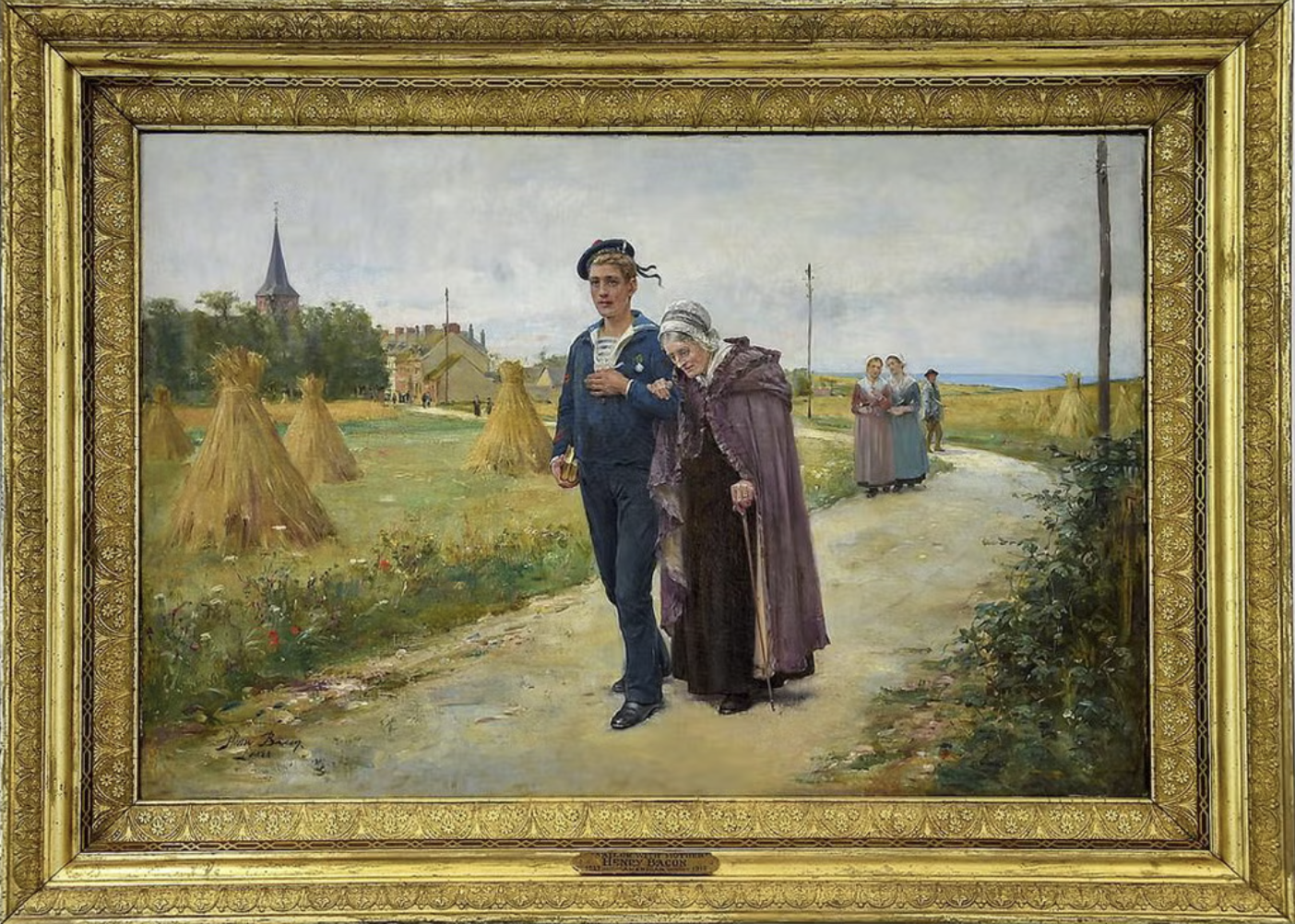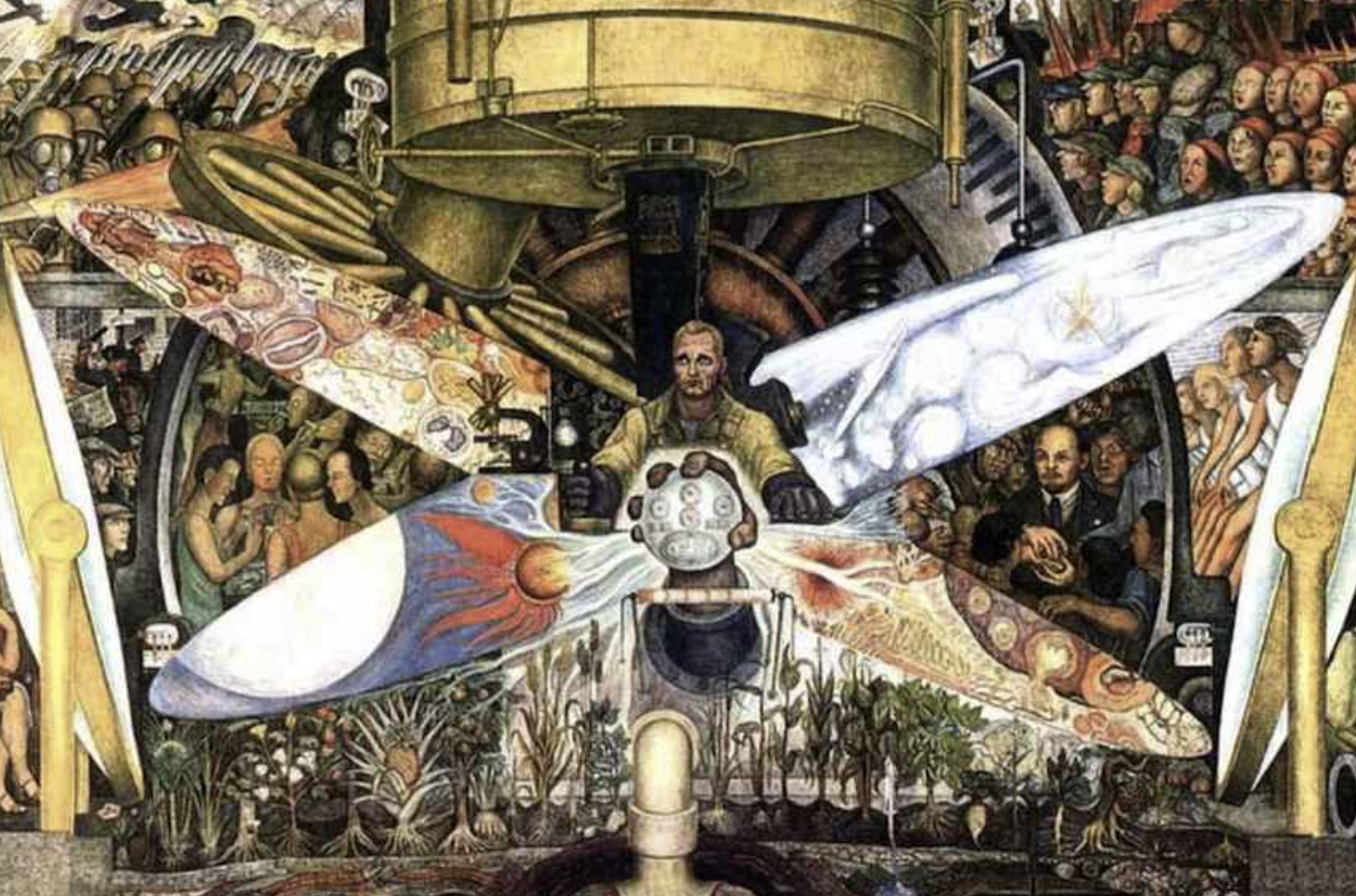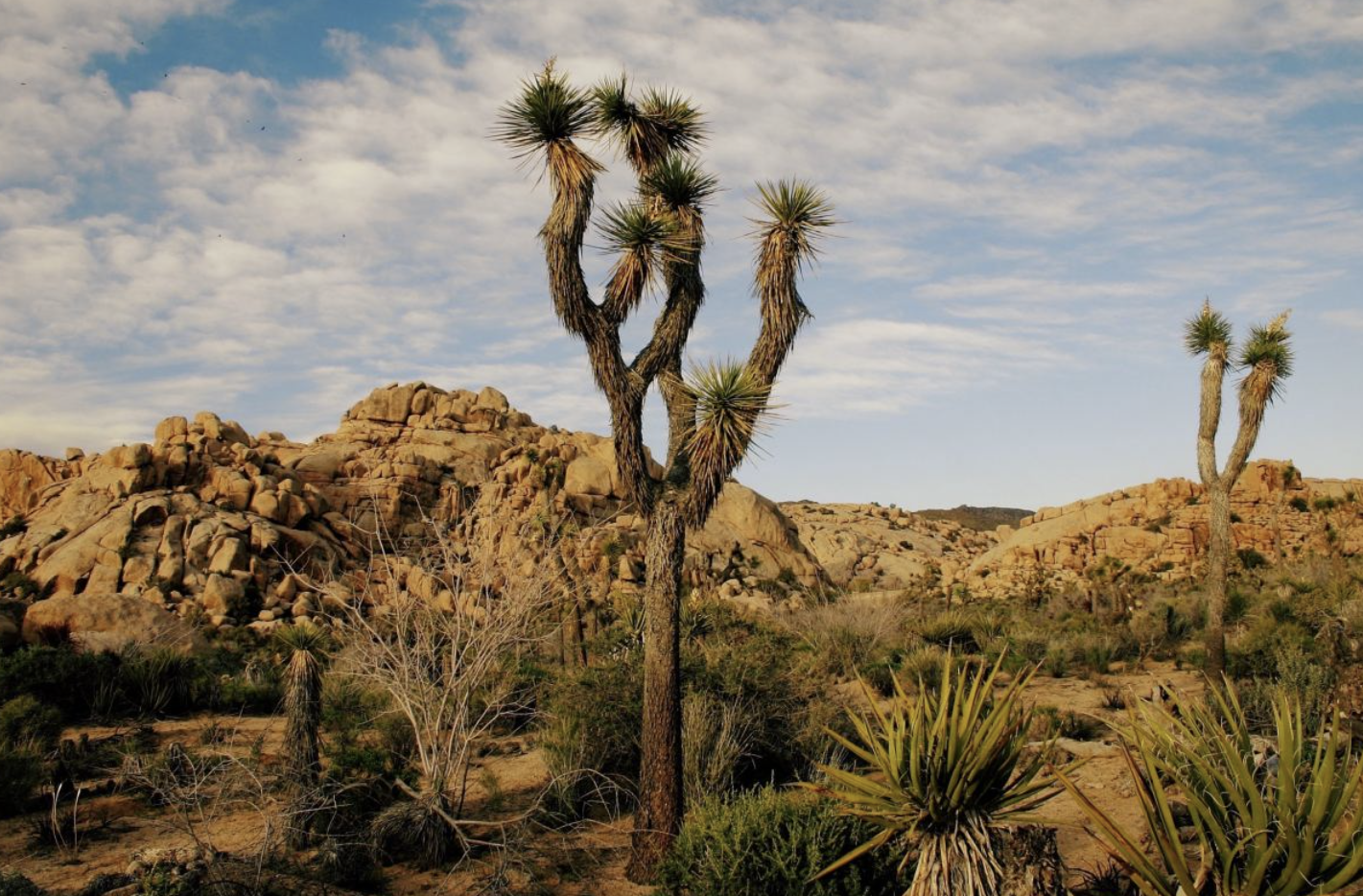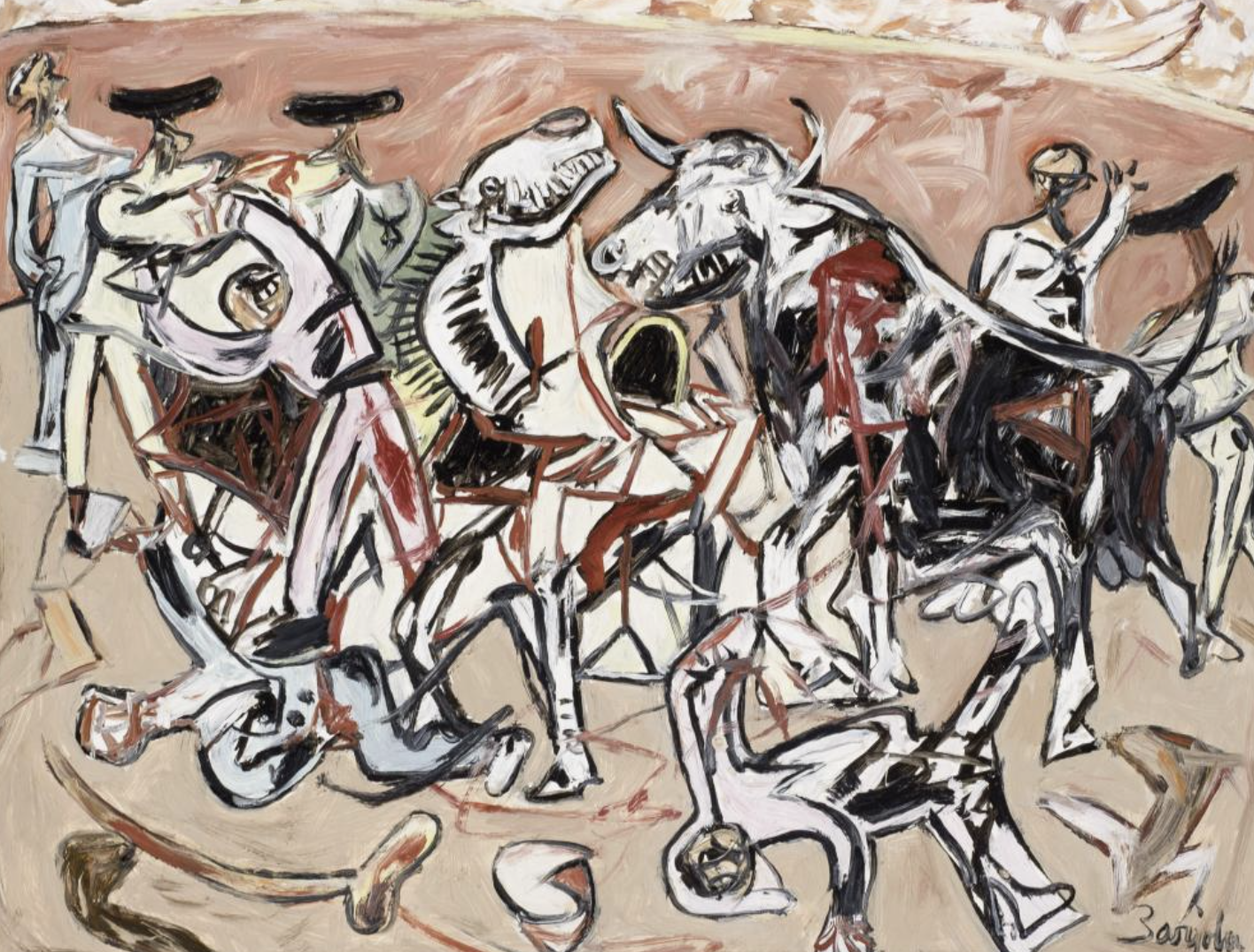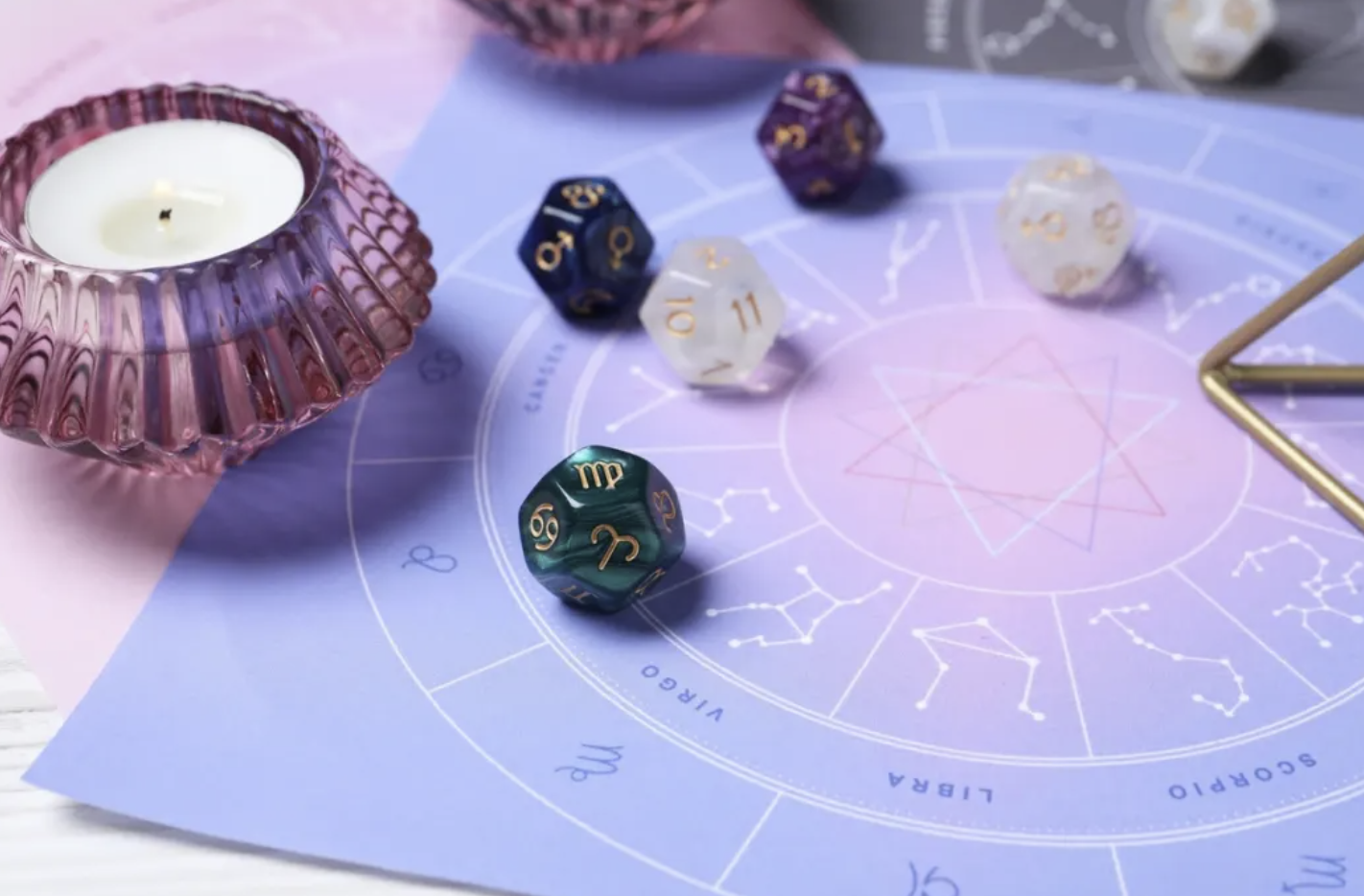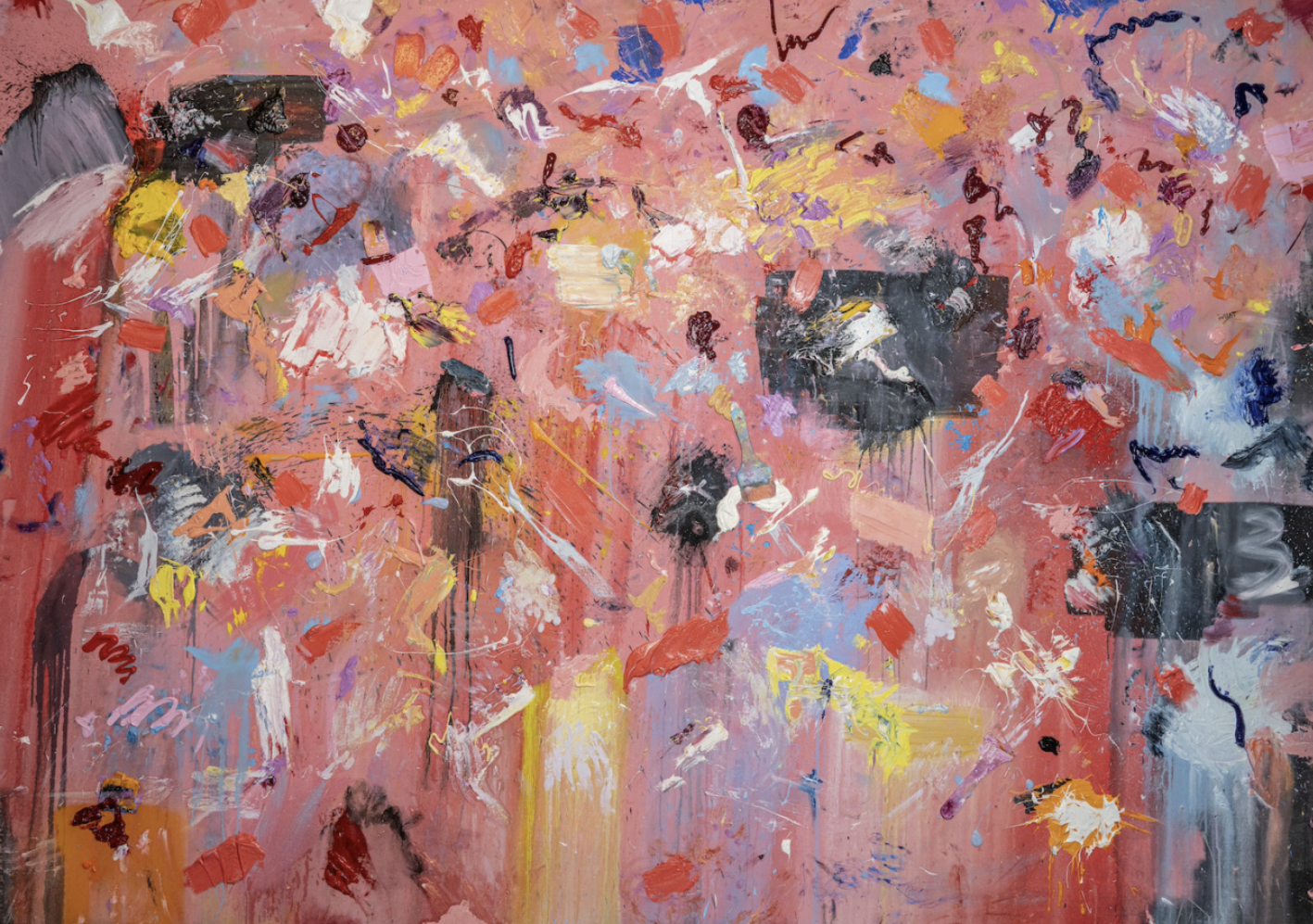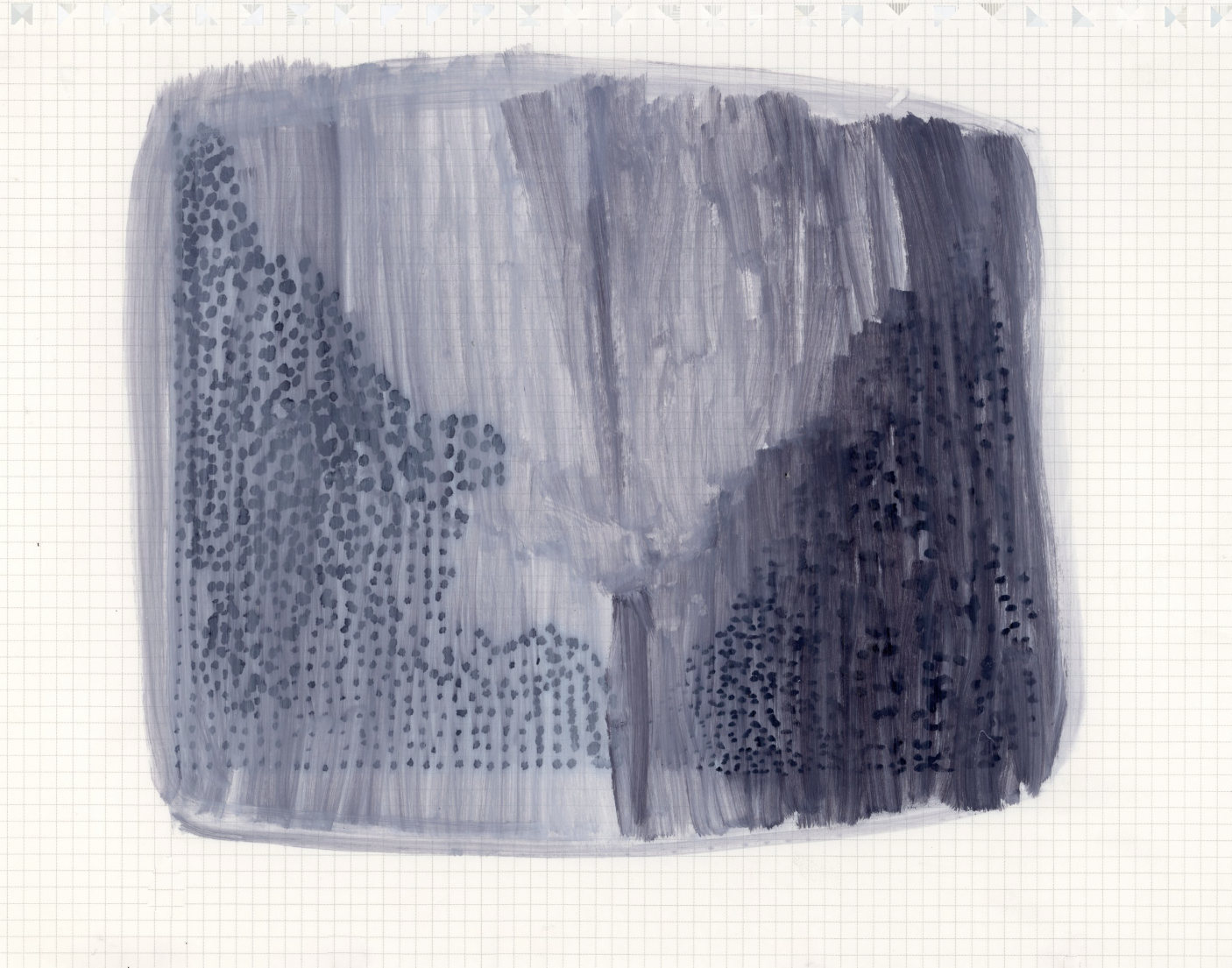
Iliana Ortega, a talented Mexican artist, has been forging her own path in the world of contemporary art. Having earned a Bachelor of Fine Arts degree from Guanajuato University, she made history as the first woman from Mexico to be accepted into Yale University’s prestigious School of Art. It was here that Ortega pursued her MFA in painting, marking the beginning of an exceptional artistic journey. Eventually, she relocated to Springs, East Hampton, NY, a town famously linked to artist Jackson Pollock, where she currently resides.
Throughout her career, Ortega has faced the complexities of identity and cultural tensions. As an artist, she has struggled with being marginalized, often due to the challenges associated with navigating her Mexican roots while living and working in a foreign context. Despite these hurdles, Ortega has managed to carve out a distinctive voice, often drawing inspiration from the sea, which has become a central theme in her work. Water, for her, symbolizes much more than a physical element; it is a medium through which she explores movement, rhythm, and natural forces.
Ortega’s artistic style merges the intellectual rigor of non-objective abstraction with a profound sensitivity to sensory experiences. Through her intricate drawings and paintings, she invites viewers to reflect on the complex relationship between human life and the forces of nature. Her use of line, shape, and color creates an engaging dynamic, blending intellectual thought with a deeper, almost spiritual connection to the world around her.
At this stage of her career, Ortega has mastered the art of translating primal human instincts into abstract forms. These shapes exist independently but contribute to the cohesion of the larger image. While some aspects of her work may feel intense or forceful, they are rooted in a deep respect for the raw power of the sea, capturing its essence through the abstraction of water’s fluidity.
Her technique involves the application of watercolor on archival cotton paper, where the subtlety of movement and stillness is portrayed without directly referencing water itself. By removing the literal weight of water, Ortega reimagines its presence on paper, offering a visual metaphor for the endless flow of the ocean. The resulting works are part of a series of iridescent watercolors that span her experiences in both Hawaii and New York. Ranging in size from smaller 8 x 10 inch pieces to large works of 65 x 52 inches, her art reflects a diverse exploration of the sea’s many facets.
Though her pieces are primarily abstract, they evoke the forms of sea plants and underwater flora. Ortega, having grown up in landlocked Mexico, draws a clear connection between her current environment and her past, reflecting her emotional response to the vastness of the ocean. Her profound connection to the sea has shaped her artistic practice, and she seeks to live near water, which she considers her sanctuary. In Springs, a town known for its tranquil surroundings, Ortega finds solace in nature’s isolation, allowing her to delve into the metaphysical and geological aspects of her art.
Living in the U.S. has offered Ortega a certain solitude that she cherishes, allowing her to focus entirely on the natural world. Here, she embraces isolation as a space where her art can thrive, free from the distractions of urban life. The quiet of nature’s presence allows her to tap into deeper layers of creativity and contemplation, resulting in works that are intellectually rigorous yet emotionally resonant.
One of Ortega’s significant pieces, Moloka’i (2022), demonstrates her ability to fuse abstract forms with powerful emotional depth. A red mass on the left side of the composition, punctuated by intricate strands resembling lace, contrasts with stony, blue-gray shapes to the right. The result is a visual conversation between contrasting forces—movement and stillness, warmth and cold, softness and rigidity. This interplay reflects Ortega’s ability to convey the essence of nature without resorting to direct representation.
Another remarkable piece, Turtle (2022), reveals Ortega’s skill in abstracting familiar forms into compositions that invite multiple interpretations. The piece’s simplicity—a soft, squared form with subtle color variations—echoes the essence of a turtle’s shell while capturing the fluidity of the ocean. Through minimalistic strokes, Ortega allows the colors to breathe and flow, evoking the rhythmic movement of water without directly mimicking it.
Ortega’s works are not just abstract explorations of nature; they also engage with social and historical themes. In Carl Andre (2022), Ortega references the controversial figure of the minimalist sculptor, whose involvement in the tragic death of his partner, artist Ana Mendieta, has been the subject of much debate. Through abstracted figures and color choices, Ortega’s work subtly references this historical moment, offering a personal reflection on violence, tragedy, and the complex relationships between art, identity, and power.
Despite her abstract approach, Ortega’s pieces resonate with viewers on an emotional level, allowing them to engage with the sea’s mysterious depths. The luminous quality of her colors and the fluidity of her forms invite viewers to consider the ocean not as a literal presence but as a metaphorical one—an enduring force of nature that transcends representation.
In the realm of non-objective art, Ortega’s work stands out for its ability to evoke the natural world through abstraction. By focusing on tonal variations and the emotional resonance of color, she captures the spirit of the ocean without attempting to recreate its literal appearance. Her art bridges the gap between abstraction and realism, offering a fresh perspective on both.
Through her work, Ortega invites us to question the boundaries between abstraction and representation, between stillness and movement. Her art remains a powerful exploration of the sea’s timeless beauty, inviting reflection on the profound connections between nature, humanity, and the creative process.


